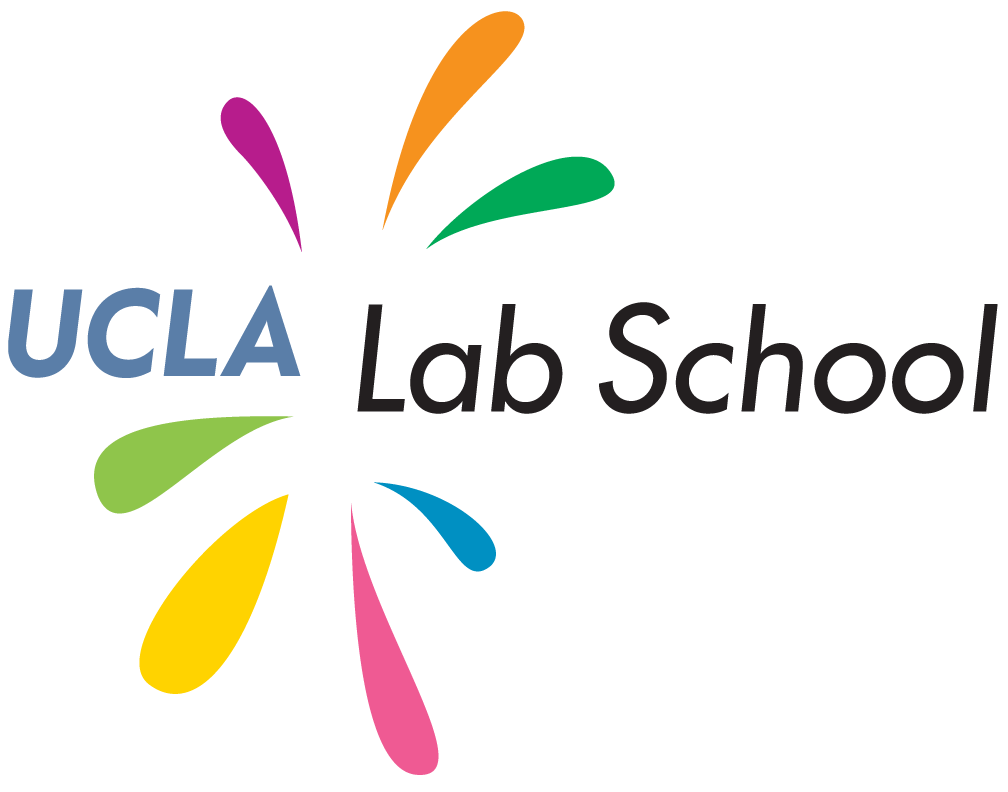Early Childhood Education – ECII 5 year olds
Throughout this year, I have worked closely with CONNECT Researcher Dr. Christine Lee and EC2 Demonstration Teachers Kelly Peters, Arlen Nava, and Eric Varela as we investigated the power of wordless books and play in storytelling. Toward the end of this Spring quarter, the EC2 students in Room 13 were able to transform their classroom space into a theater, bringing life to students’ favorite wordless picture books. The Room 13 Theatre featured Home [1], Field Trip to the Moon [2], Mr. Wuffles [3], The Lion and The Mouse [4], Where’s The Walrus [5], and Where’s the Walrus, and Penguin [6]. Each group had students, or actors, who had been practicing telling their favorite wordless stories on a theatrical stage.
Read More
